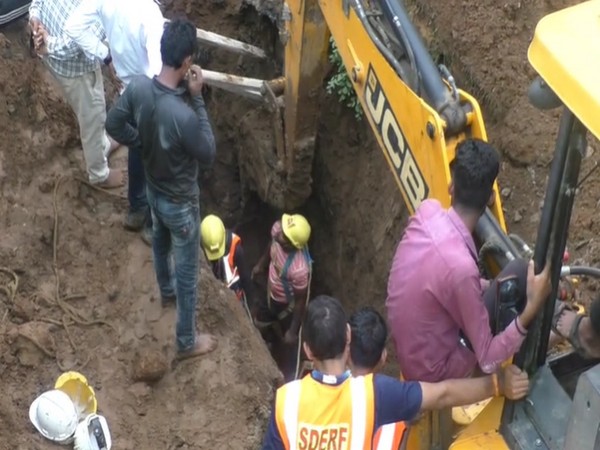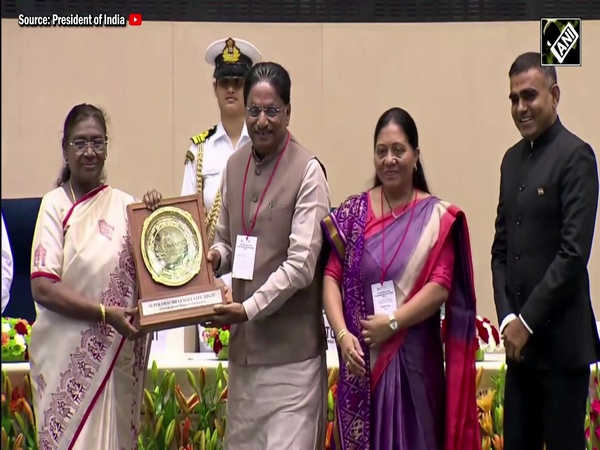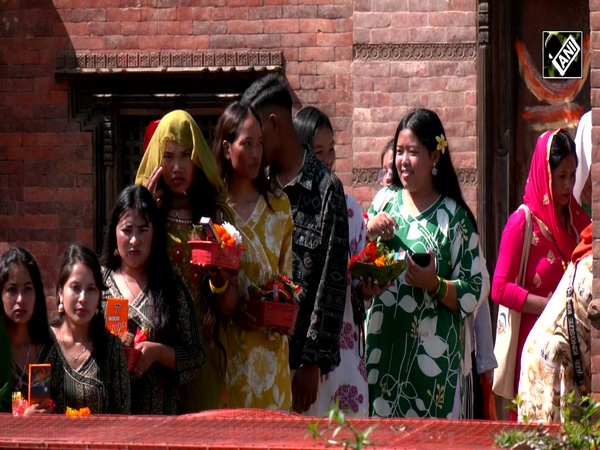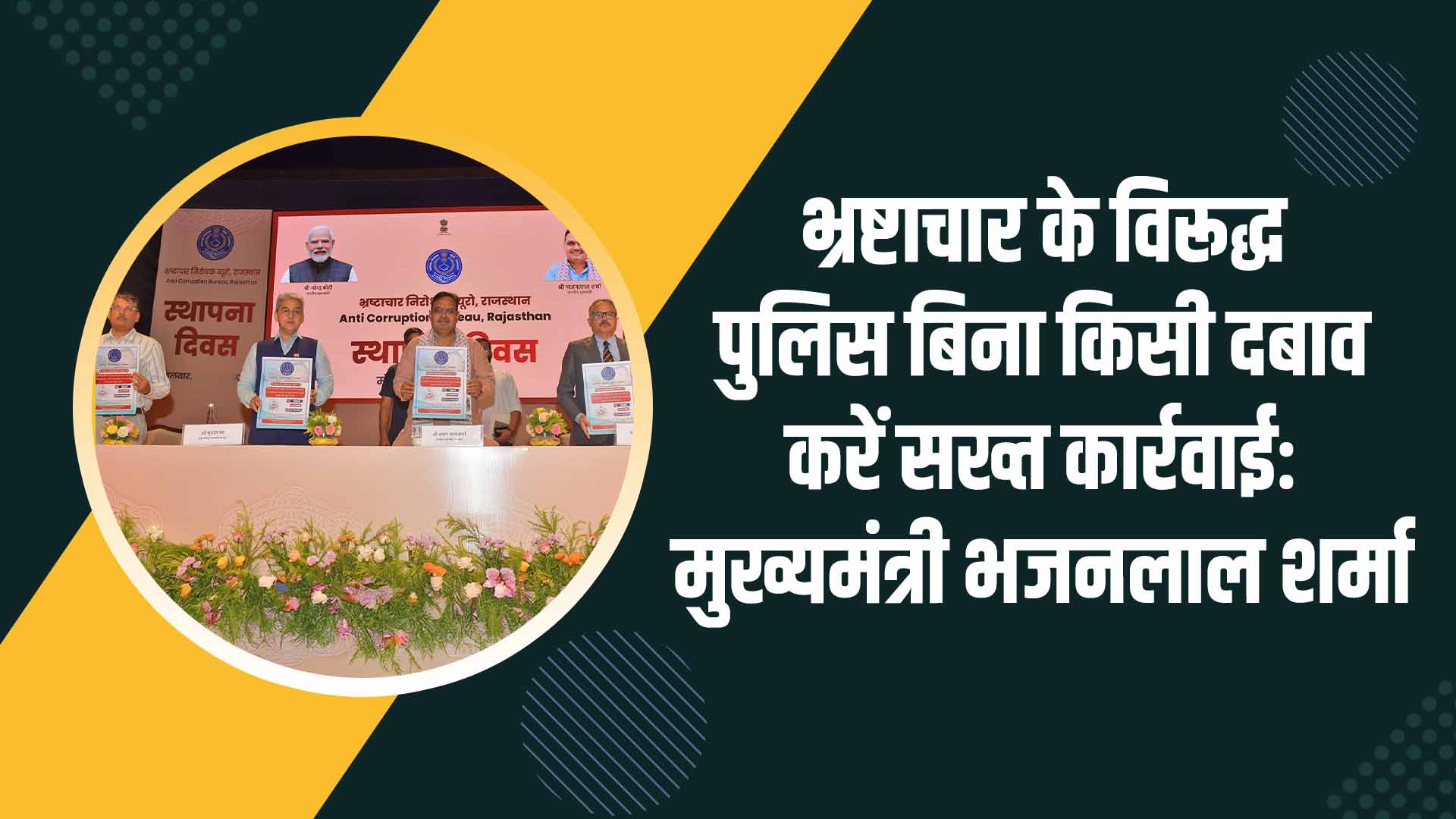Florists in Kathmandu get busy plucking flowers as Tihar festival begins in Nepal
Nov 11, 2023

Kathmandu [Nepal], November 11 : As the festival of flowers - Tihar started in Nepal on Saturday, florist Bimala Tamang is busy plucking marigold and putting into the bucket as the demand for this flower is high.
61-year-old Bimala Tamang has been in the business of floriculture for over two decades which works as a source of income for her family expenses. This year's production has gone up in comparison to the previous year as the untimely downpour wreaked havoc at the time of production.
Tihar is a five-day festival celebrated in Nepal. It is also known as Festival of Lights and flowers as these two things are the most widely used items during the celebration. On first day of the festival, crow is worshipped, dogs are worshipped on second day. On third day, cow and Goddess Laxmi is worshipped, which in India is called Diwali, fourth day ox is worshipped. Fifth day of festival is observed as Bhai Tika where sisters put Tika on brother's forehead praying for his protection and long life.
Speaking to ANI, Bimala Tamang, said, "Last year the flowers couldn't bloom like this year because the festival was also observed early in comparison to this year. This year, the timing has been good."
The slopes that lies around White Gumba in Kathmandu have turned golden with ornamental flower "Tagetes Erecta Linn" commonly called Marigold in full bloom. Out of the 50 species within the Tagetes, these particular slopes host about 5 species which are of high demand during the festival of light or flowers.
Facing the Kathmandu Valley, Ramkot and Ichangu Narayan are known for its supply of Marigold for the festival of Tihar when demand sky rockets in Nepali market as well the International market.
In order to fulfill the demand out in the market, the florists here work from dawn till dusk to pluck the flowers and make garlands of it which is sold in the market at minimum of Nrs. 200 depending on the length and size of the flowers. However, the increased use of plastic or artificial flowers has dampened the sales of flowers in this area.
Another florist Ashish Tamang said, "The flowers which we grow here are organic flowers and has been used for rituals since ages. These flowers are environment friendly and works good."
"If the governments remove the Chinese (plastic) flowers then our business would flourish," he added.
Lying on the Nagarjun Municipality inside Kathmandu- Ichangu and Ramkot are main suppliers of marigold to Kathmandu Metropolitan City (KMC). Earlier in October, Nepal's Ministry of Forest and Environment had announced ban on the import of plastic flowers to support the local produces.
The floral village on the outskirts of Kathmandu gets into preparations for flowers from February. Farmers sow seeds for the flowers by the mid of March and within a month or half the saplings are then transferred into fields and taken care of.
Nepal has been producing about 2.5 million garlands during the festive season. In the past, domestic production used to account for 20 percent of the country's requirement, and the rest was imported, mainly from India. But, in recent years, locally grown flowers make up around 90 percent of sales.
Floriculture in Nepal is being done on 158 hectares of land and around 44,000 people are directly and indirectly engaged in the sector. There are 800 commercial floriculturists in Nepal with a combined investment of NRs 6.5 billion.


















